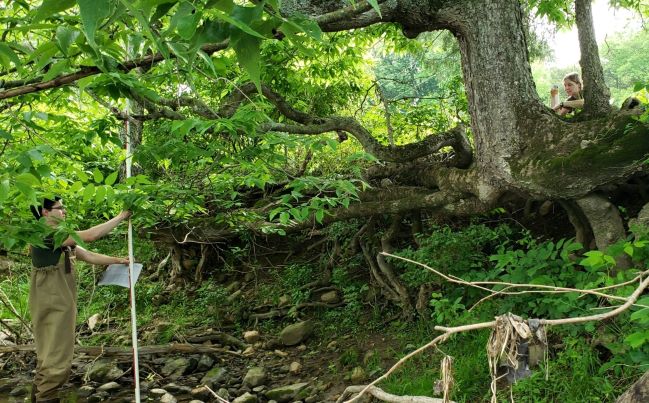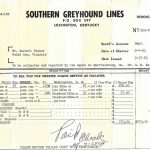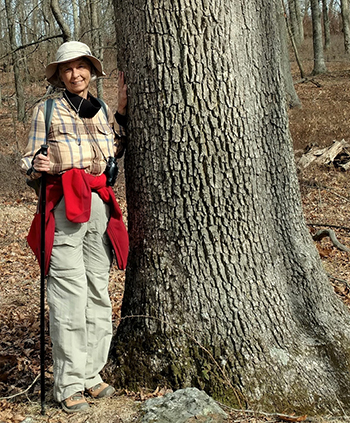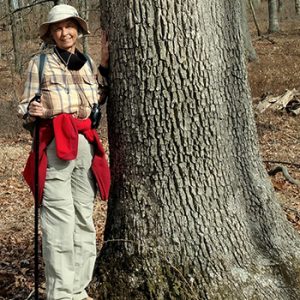
Presentation: A Sedimental Journey: Tracking Historic Dirt Downstream
09/15/2022
60th Anniversary of Brocks Gap Dam Defeat
09/01/2023
Published in the Chimney Rock Chronicle, Volume 5, Issue 6, July 2023.
Everybody knows that money doesn’t grow on trees, but did you know money can grow inside them? In a sign of the times, forest landowners have a new revenue source: trees left to grow ever bigger and older. Trees are the best technology yet discovered for pulling carbon dioxide (CO2), the major greenhouse gas, out of the air. Leaves break it down during photosynthesis and fix the carbon – “sequester” it – in trunks, branches, roots and soil, while giving off oxygen. As record-breaking hurricanes, floods, tornadoes, heat waves and wildfires multiply, the value of forests against climate change is driving a multi-billion-dollar global market in forest carbon offset credits.
A credit is equal to one metric ton of CO2 equivalent (2,204.6 lbs.). Mature Virginia hardwood forests can sequester well over a ton of carbon per acre per year. Credits are meant to represent additional sequestration beyond what would occur without them, such as a regular timber harvests that emit much of the stored carbon. Various carbon brokers measure trees through sensing, submit the calculations for third party verification, and market the credits to industries that want to reduce (offset) their CO2 emissions. These services are usually free, while landowners have contract responsibilities like restricting timbering and providing annual reports.
Contracts can range from 20 years to 60 or more to insure long-term carbon sequestration. Trees can live for centuries, and the older a tree grows, the more carbon it sequesters. The urgency of climate change puts a premium on mature forests, but credits can also be earned by planting trees on pasture or other open land. The first such project in Virginia began this spring on 95 acres in Fauquier and Shenandoah Counties, with planting costs paid by the developer, Green Trees. Payments for credits range upwards from $7/metric ton/year or $8 to $40/acre/year, depending on forest characteristics. If you have a minimum of 30 acres and get $15/acre, that would amount to $450 per year. Some contracts increase payments over time.
Selling carbon could help landowners pay for insurance and taxes without disturbing their forests. That would also preserve wildlife habitat, water and air quality, and reduce soil erosion. Below are carbon brokers active, or likely soon to be, in Virginia.
- NCX (Natural Carbon Exchange, for profit). Their website is out of date, but their new mission is helping landowners evaluate their forests and connect with appropriate brokers. See An update from NCX co-founders Zack Parisa and Max Nova.
- Family Forest Carbon Program (non-profit). Minimum 30 acres (no plantations).
- Forest Carbon Works (for profit). Minimum 40 acres. 25-year payment contract plus 35 or more years of monitoring. Landowners must enroll all forested property.
- Green Trees (for profit). Reforesting hardwoods on 5 acres minimum of open space, with a 40-year contract.


